Healthcare Applications
The Functional Ceramic Market is experiencing a surge in demand due to its applications in the healthcare sector. Bioceramics, which are a subset of functional ceramics, are increasingly utilized in medical implants, dental applications, and drug delivery systems. The market for bioceramics is expected to witness substantial growth, driven by the aging population and the rising prevalence of chronic diseases. Reports indicate that the bioceramics market could reach several billion dollars by the end of the decade. This trend underscores the importance of functional ceramics in enhancing patient outcomes and advancing medical technology, thereby solidifying their role in the healthcare industry.
Growing Automotive Sector
The automotive sector is a crucial driver for the Functional Ceramic Market, as manufacturers increasingly incorporate ceramics into vehicle components. Functional ceramics are utilized in applications such as sensors, catalysts, and brake systems, contributing to improved performance and safety. The automotive ceramics market is anticipated to grow, with estimates suggesting a compound annual growth rate of approximately 5% over the next few years. This growth is fueled by the industry's shift towards lightweight materials and enhanced fuel efficiency. As automotive manufacturers continue to innovate and seek high-performance materials, the demand for functional ceramics is likely to rise, reinforcing their importance in the automotive landscape.
Rising Demand in Electronics
The increasing demand for advanced electronic devices is a pivotal driver for the Functional Ceramic Market. Ceramics are integral in the production of capacitors, insulators, and substrates, which are essential components in modern electronics. The market for electronic ceramics is projected to grow significantly, with estimates suggesting a compound annual growth rate of around 6% over the next few years. This growth is largely attributed to the proliferation of smart devices and the Internet of Things (IoT), which require high-performance materials. As manufacturers seek to enhance the efficiency and reliability of electronic components, the demand for functional ceramics is likely to rise, thereby propelling the market forward.
Energy Efficiency and Sustainability
Sustainability initiatives are becoming increasingly critical in the Functional Ceramic Market. As industries strive to reduce their carbon footprint, the demand for energy-efficient materials is on the rise. Functional ceramics, known for their durability and thermal stability, are being adopted in various applications, including energy storage and conversion systems. The market for energy-efficient ceramics is projected to grow, with estimates indicating a potential increase of 5% annually. This shift towards sustainable practices not only aligns with global environmental goals but also enhances the appeal of functional ceramics in sectors such as renewable energy and automotive, where efficiency is paramount.
Innovations in Manufacturing Processes
Innovations in manufacturing processes are significantly influencing the Functional Ceramic Market. Advanced techniques such as additive manufacturing and precision engineering are enabling the production of complex ceramic components with enhanced properties. These innovations are likely to reduce production costs and improve material performance, making functional ceramics more accessible to various industries. The market is expected to benefit from these advancements, with projections indicating a potential growth rate of 4% in the coming years. As manufacturers adopt these cutting-edge technologies, the versatility and application range of functional ceramics are expected to expand, further driving market growth.


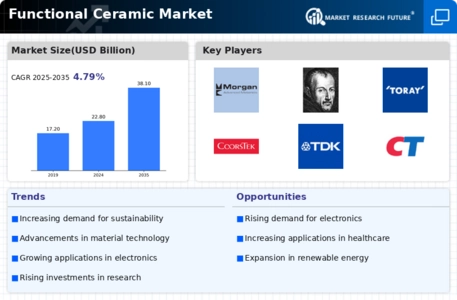
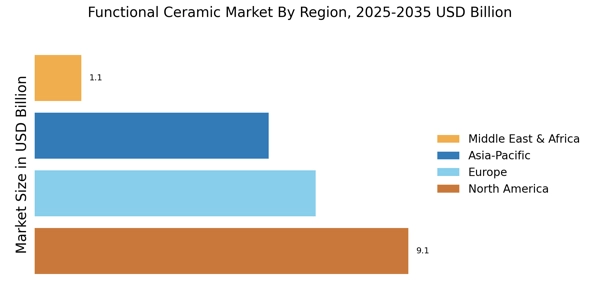
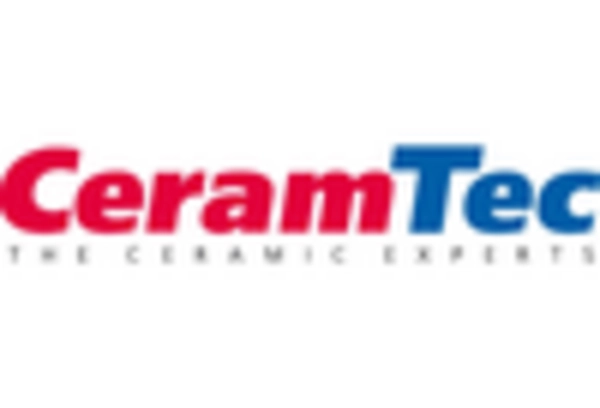


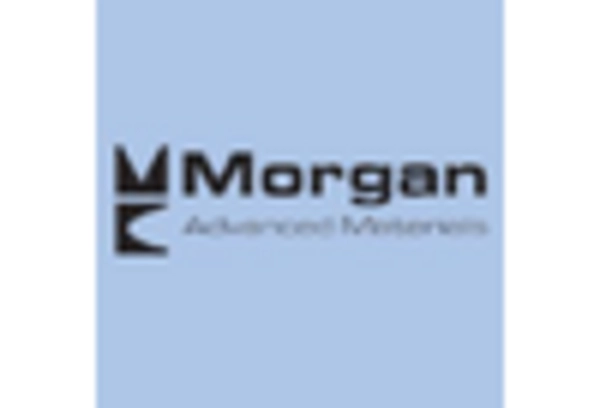
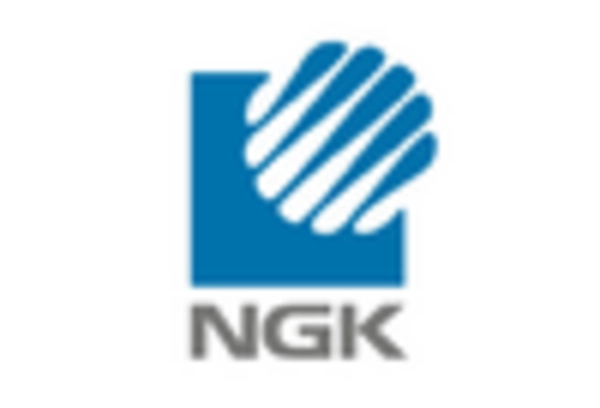









Leave a Comment